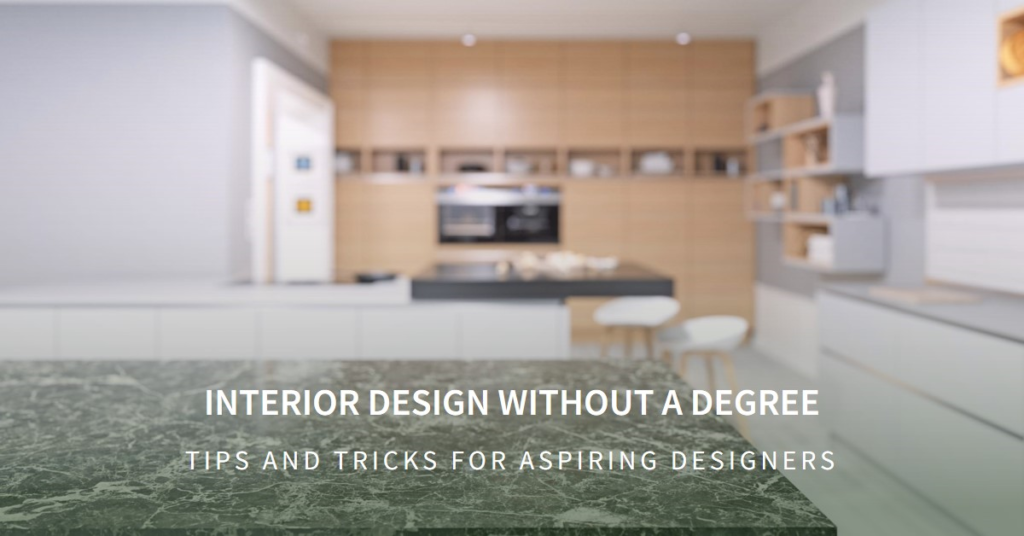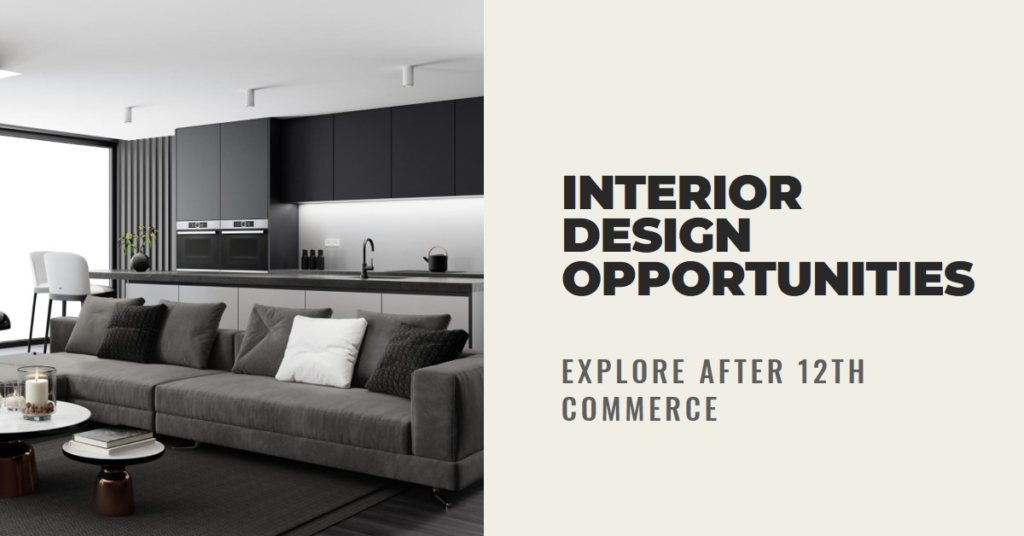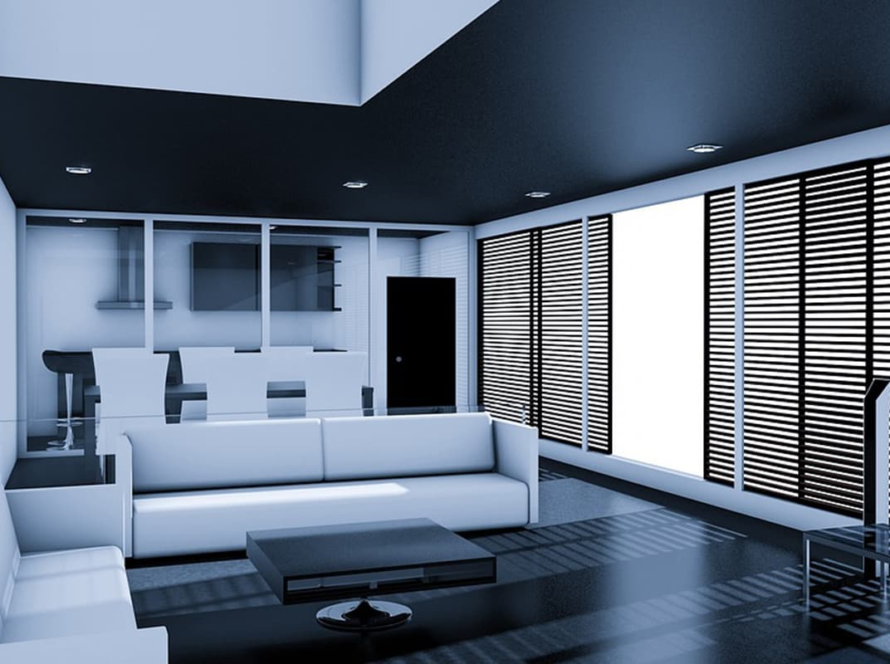
Introduction
In a world where creativity knows no bounds, the realm of interior design beckons those with a passion for transforming spaces into stunning reflections of personality and style. While a degree in interior design can offer valuable knowledge and credentials, it’s not the only path to success in this dynamic field. For those who crave a more unconventional route, there are plenty of avenues to explore. In this guide, we’ll delve into the steps you can take to become an interior designer without a formal degree, unlocking the door to a fulfilling and creative career.
Embrace Your Passion
Passion is the driving force behind every successful endeavor, and interior design is no exception. If you’re drawn to the world of aesthetics, colors, and spatial arrangements, you’re already on the right path. Take the time to explore your passion further by immersing yourself in design magazines, visiting inspiring spaces, and experimenting with your own home décor projects. Pay attention to what excites you and fuels your creativity. Whether it’s revamping a room on a budget or curating a mood board for a dream space, allow your passion to guide you.
Cultivate Your Creativity
Creativity is the lifeblood of interior design, and fortunately, it’s a quality that can be nurtured and developed over time. Engage in activities that stimulate your imagination and encourage innovative thinking. Experiment with different artistic mediums, such as painting, sketching, or even digital design software. Attend workshops, join online communities, and surround yourself with like-minded individuals who share your creative aspirations. By continually challenging yourself to think outside the box and push the boundaries of conventional design, you’ll cultivate a unique creative perspective that sets you apart in the industry.
Hone Your Skills
While a degree may provide a structured curriculum, there are countless resources available for self-directed learning in the field of interior design. Take advantage of online courses, tutorials, and workshops to acquire the technical skills and knowledge you need to succeed. From mastering drafting and rendering software to learning about color theory and spatial planning, there’s no shortage of skills to hone. Be proactive in seeking out opportunities to expand your skill set, whether through hands-on projects or apprenticeships with established designers. Remember, every skill you acquire brings you one step closer to your goal of becoming a proficient interior designer.
Build Your Portfolio
In the world of design, your portfolio is your calling card – a visual representation of your talent, creativity, and style. Start by documenting your own design projects, no matter how small or amateur they may seem. Whether it’s a room makeover for a friend or a personal passion project, capture high-quality photos that showcase your design aesthetic and attention to detail. As you gain experience and confidence, seek out opportunities to collaborate with others or volunteer your services for charitable causes or community events. Each project you undertake adds depth and diversity to your portfolio, demonstrating your versatility as a designer.


Network, Network, Network
In any creative industry, networking is key to opening doors and forging meaningful connections. Attend industry events, trade shows, and networking mixers to meet fellow designers, architects, and industry professionals. Don’t be afraid to introduce yourself and share your passion for design – you never know where a casual conversation may lead. Utilize social media platforms such as LinkedIn, Instagram, and Pinterest to showcase your work and engage with a wider audience. Build relationships with mentors and peers who can offer guidance, support, and valuable insights into the industry. Remember, networking is not just about who you know, but also about who knows you and what you’re capable of achieving.
Seek Mentorship and Guidance
In the world of interior design, mentorship can be a invaluable resource for aspiring designers. Look for experienced professionals who are willing to share their knowledge, insights, and advice with you. Whether it’s through formal mentorship programs, informal coffee meetings, or online forums, seek out individuals whose work you admire and whose wisdom you respect. Be open to feedback and constructive criticism, as it’s through the guidance of mentors that you’ll grow and evolve as a designer. Don’t be afraid to ask questions, seek guidance, and learn from those who have walked the path before you.
Stay Informed and Inspired
The world of design is constantly evolving, with new trends, technologies, and techniques emerging on a regular basis. Stay informed and inspired by immersing yourself in the latest design publications, blogs, and podcasts. Follow influential designers and thought leaders on social media to stay abreast of industry developments and innovations. Attend conferences, seminars, and workshops to expand your knowledge and keep your skills sharp. By staying informed and inspired, you’ll not only stay relevant in a competitive industry, but you’ll also continue to grow and evolve as a designer.
Be Persistent and Resilient
Like any creative pursuit, the path to becoming an interior designer without a degree is not without its challenges and setbacks. Be prepared to face rejection, criticism, and self-doubt along the way. However, it’s important to remain persistent and resilient in the face of adversity. Use setbacks as opportunities for growth and learning, and never lose sight of your ultimate goal. Surround yourself with a supportive network of friends, family, and mentors who believe in your talent and potential. Remember, success rarely comes overnight – it’s the result of hard work, dedication, and unwavering determination.
Trust Your Instincts and Be True to Yourself
At the end of the day, the most important aspect of becoming an interior designer is staying true to yourself and your unique creative vision. Trust your instincts, embrace your individuality, and don’t be afraid to take risks and push the boundaries of design. Your personal style and perspective are what set you apart from the crowd, so don’t be afraid to let them shine. Be authentic, be bold, and above all, be passionate about the work you do. By staying true to yourself and your creative vision, you’ll not only find success as an interior designer, but you’ll also find fulfillment and joy in the journey itself.


